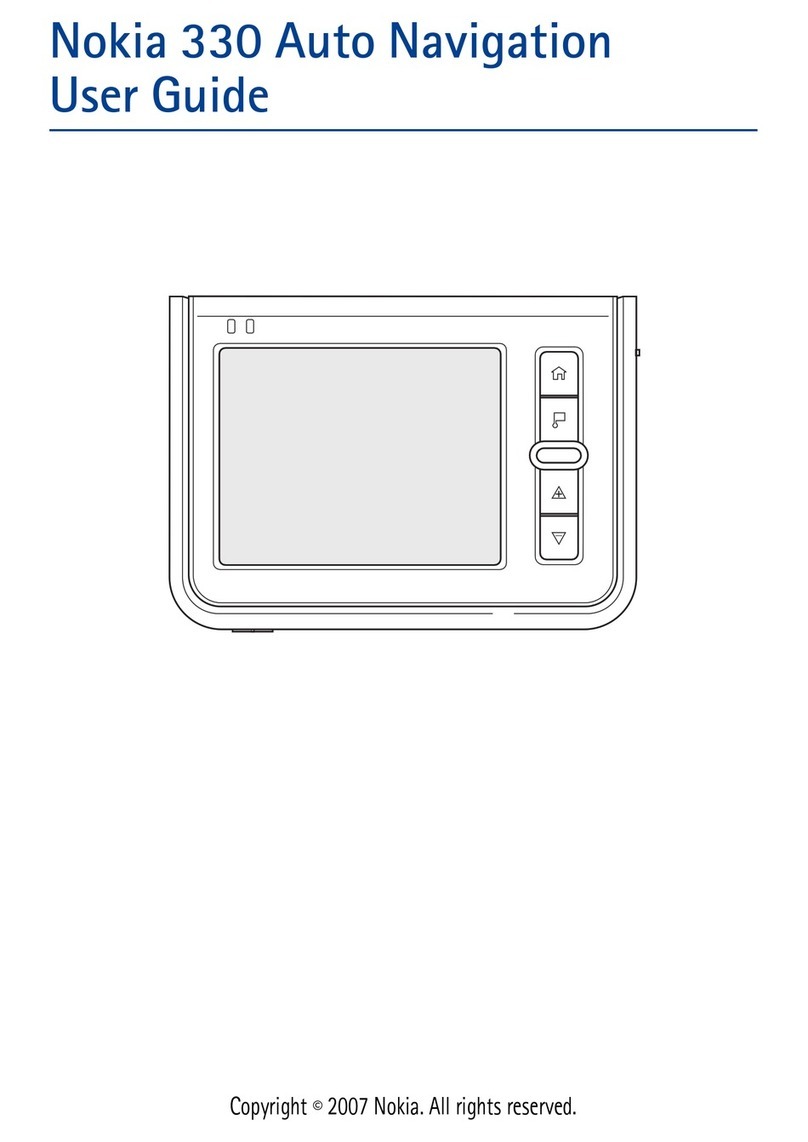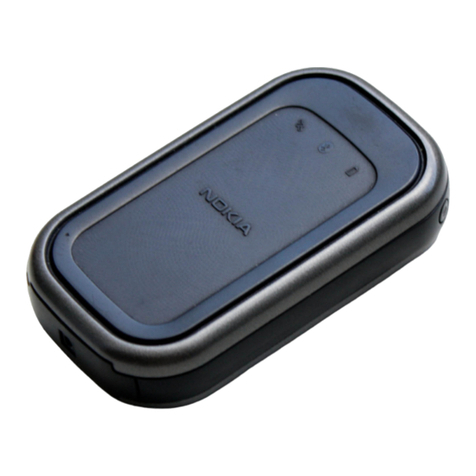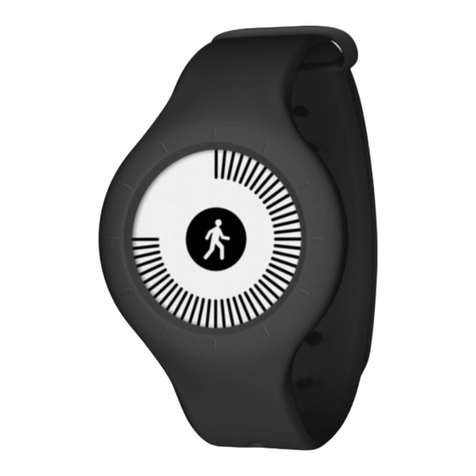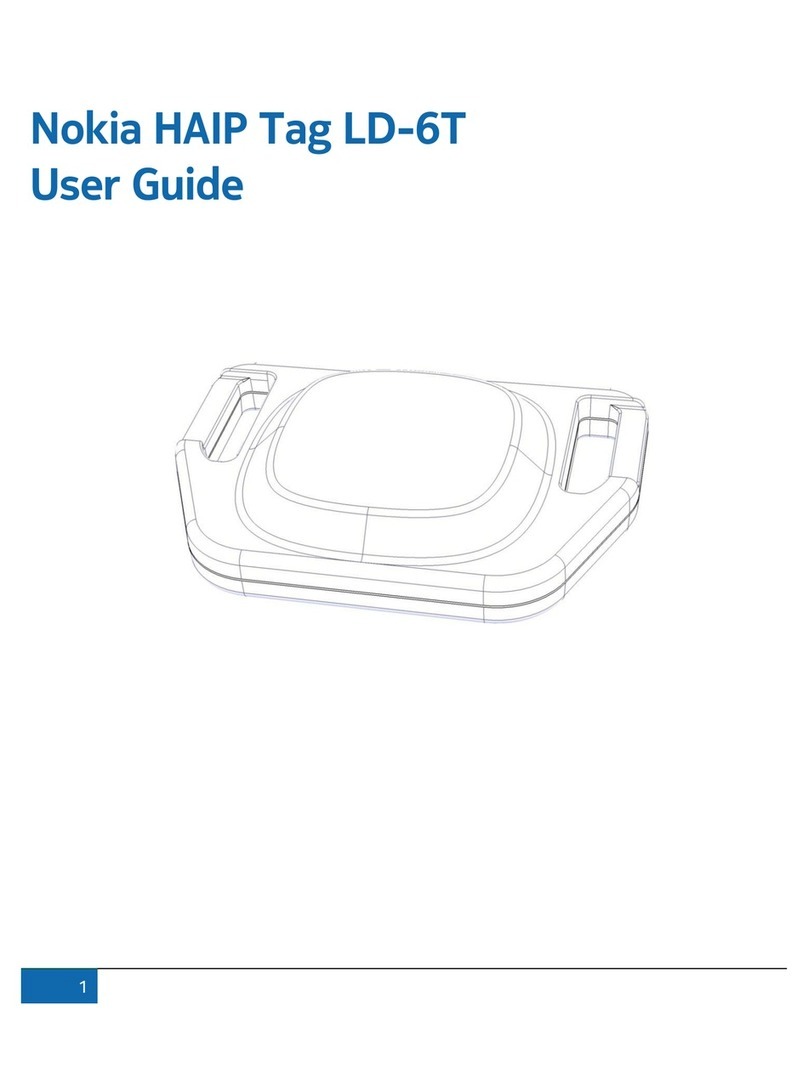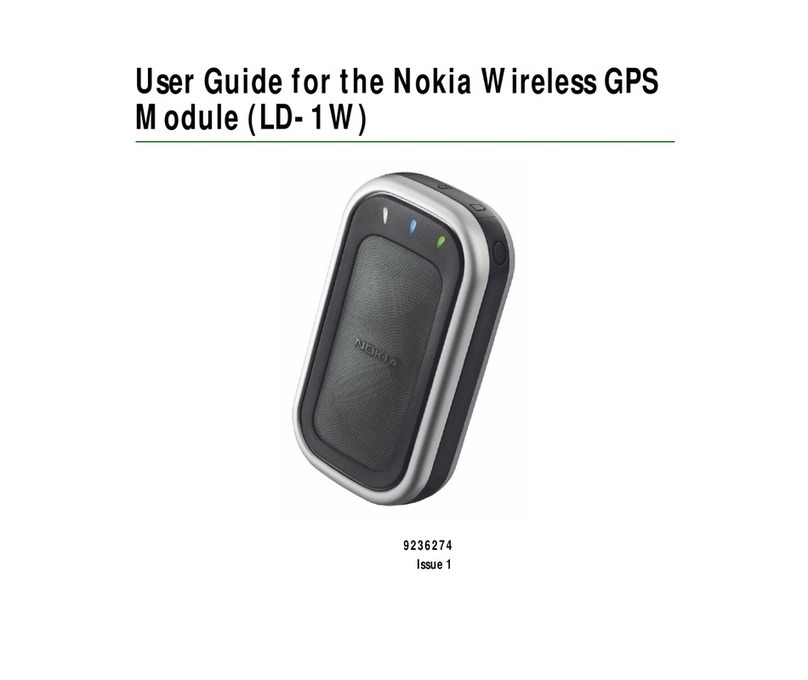DECLARATION OF CONFORMITY
We, NOKIA CORPORATION, declare under our sole responsibility that the product
LD-1W is in conformity with the provisions of the following Council Directive:
1999/5/EC.
A copy of the Declaration of Conformity can be found at
http://www.nokia.com/phones/declaration_of_conformity/.
Part No. 0903389, Issue No. 1
Copyright © 2005 Nokia. All rights reserved.
Reproduction, transfer, distribution or storage of part or all of the contents in this
document in any form without the prior written permission of Nokia is prohibited.
Nokia, Nokia Connecting People, Nokia LD-1W, and the Nokia Original
Enhancements logos are trademarks or registered trademarks of Nokia
Corporation. Other product and company names mentioned herein may be
trademarks or tradenames of their respective owners.
Printed in the Unites States of America. November 2004
Bluetooth is a registered trademark of Bluetooth SIG, Inc.
The information contained in this user guide was written for the Nokia LD-1W
product. Nokia operates a policy of ongoing development. Nokia reserves the right
to make changes and improvements to any of the products described in this
document without prior notice.
UNDER NO CIRCUMSTANCES SHALL NOKIA BE RESPONSIBLE FOR ANY LOSS OF
DATA OR INCOME OR ANY SPECIAL, INCIDENTAL, AND CONSEQUENTIAL OR
INDIRECT DAMAGES HOWSOEVER CAUSED. THE CONTENTS OF THIS DOCUMENT
ARE PROVIDED "AS IS." EXCEPT AS REQUIRED BY APPLICABLE LAW, NO
WARRANTIES OF ANY KIND, EITHER EXPRESS OR IMPLIED, INCLUDING, BUT NOT
EN_LD-1W_0903389_3Mar05.fm Page 2 Friday, March 4, 2005 10:10 AM
